Comments / Questions (423)
Sandra wrote:
I am having trouble as well making the holes for the legs. I see most people have had this problem. Is there an easier explanation available. I see someone said when it says to go back and forth, it means on neddles, not in the round. Help please.
12.11.2015 - 21:11DROPS Design answered:
Dear Sandra, to shape the opening for legs, you have to work back and forth (= flat) on the sts for back piece then for stomach: when piece measure 12-20 cm (see size), put the first 10-22 sts on a st holder (= stomach sts), bind off 1 st (=P st), work the next sts to the end of row, ie to the sts on st holder (back piece), turn, bind off 1 st and work back piece flat for 6-10 cm. Then put these sts on a st holder, knit the sts from stomach back on needle and work them for 6-10 cm. Work then all sts in the round. Happy knitting!
13.11.2015 - 09:19
![]() FROMENT wrote:
FROMENT wrote:
Merci li me reste 50 mailles, compte fait:31 diminutions à faire de chaque coté, mais comment répartir ces diminutions.Je suis nulle mais je ne comprends pas la lignes d'explications.
03.11.2015 - 11:34Karl answered:
112-20-2(3+6+3+6+3)=50
03.11.2015 - 11:40
![]() FROMENT wrote:
FROMENT wrote:
Je suis désolée mais calcul fait;j'ai 112 m moins les 50 m qui doivent me rester=62 diminutions, soit 31 diminutions a faire de chaque coté Comment je les réparti pour la taille S ,je suis nulle je ne comprends pas la ligne des explications.Merci.Froment.
03.11.2015 - 10:53DROPS Design answered:
Bonjour Mme Froment, vous aviez 112 m - 20 m rabattues = 92 m. Vous rabattez ensuite tous les 2 rangs de chaque côté (= au début de chaque rang sur l'endroit et sur l'envers): 1x3 m x 2 (=6), 3x2 m x 2 (= 12), 3x1 m x 2 (=6), 3x2m x 2 (=12) et 1x3 m x 2 (=6) soit 6+12+6+12+6= 42 m. 92-42= Il reste 50 m quand les mailles ont été rabattues de chaque côté. Bon tricot!
03.11.2015 - 11:57
![]() FROMENT wrote:
FROMENT wrote:
Bonsoir encore moi,pouvez vous me préciser après avoir rabattu les 20 mailles pour l'abdomen ,en taille S les diminutions à faire de chaque coté et si possible me dire combien il doit me rester de mailles que je dois glisser sur l'aiguille circulaire n° 3 qui servent pour la bordure ajoutées aux mailles à relever.MERCI.Froment.
02.11.2015 - 21:59DROPS Design answered:
Bonjour Mme Froment, quand toutes les mailles pour l'arrondi de l'ouverture sont faites, il reste 50 m en taille S. Bon tricot!
03.11.2015 - 09:40
![]() FROMENT wrote:
FROMENT wrote:
J'ajoute à votre dernière réponse qu'il faut lire le diagramme de gauche à droite arrivé a ce stade et inverser les mailles:la "x" maille endroit,le petit carré blanc :maille envers sur l'envers uniquement .Le contraire du début de l'ouvrage.
28.10.2015 - 18:56DROPS Design answered:
Bonjour Mme Froment, tout à fait, les diagrammes montrent le motif sur l'endroit: les cases blanches = jersey endroit et les cases avec x = jersey envers, à adapter comme indiqué quand on tricote en rond (= toujours sur l'endroit) ou en allers et retours (alternativement sur l'endroit et sur l'envers). Bon tricot!
29.10.2015 - 09:38
![]() FROMENT wrote:
FROMENT wrote:
D'abord MERCI.Je résume,arrivée aux pattes,Je dois partager mon ouvrage,prête à faire un rang endroit"torsades".Je commence par faire les torsades du ventre que je place sur un arrêt de mailles.Je rabat 1m continue sur les mailles suivantes.Je tourne et rabat 1m,je suis en prenant le diagramme de gauche à droite,pour les explications,puisque je suis sur l'envers.Ai je bien compris? Je reviendrai surement vers vous avant la fin de l'oeuvre!Froment.
28.10.2015 - 13:01DROPS Design answered:
Bonjour Mme Froment, c'est exact. Pour les rangs sur l'envers, lisez les diagrammes de gauche à droite - sur l'endroit, vous continuez, comme avant, à lire les rangs de droite à gauche. Bon tricot!
28.10.2015 - 18:11
![]() FROMENT wrote:
FROMENT wrote:
J'ai lu tous les commentaires,j'en suis à la séparation pour les pattes,mais un peu perdue.Pour ajuster,pour que les torsades se fassent toujours sur l'endroit,comment faire??et ensuite les allers retours envers ? C'est pas simple,mais j'aime,pour le moment le résultat est bon.je souhaite arriver à la fin.Froment.
27.10.2015 - 19:44DROPS Design answered:
Bonjour Mme Froment, Ajustez la hauteur pour la division de l'ouvrage sur un rang qui doit être un rang endroit (rang avec torsades/croisement de mailles): tricotez les m du ventre et placez les sur un arrêt de mailles, rabattez 1 m, puis tricotez les mailles suivantes jusqu'à la fin du tour, tournez et rabattez la 1ère m au début du rang suivant sur l'envers, et continuez ainsi en allers et retours. Les mailles du dessous seront alors reprises en commençant par 1 rang sur l'envers. Bon tricot!
28.10.2015 - 11:25
![]() Eliza wrote:
Eliza wrote:
Buongiorno! Mi appresto a realizzare questo stupendo maglione, ma sono una principiante. Come si fa a "ricalcolare" le misure? Il mio cane e' lungo 27 cm, il torace e' di 35 cm. Grazie!
24.10.2015 - 21:53DROPS Design answered:
Buonasera Eliza, dovrebbe ricalcolare tutte le proporzioni, a partire dalle maglie di avvio, se sono state avviate 60 m per una circonferenza di circa 30 cm, per una di 35 cm dovrebbe avviare 70 m e così via. Buon lavoro!
30.10.2015 - 19:14
![]() FROMENT wrote:
FROMENT wrote:
Après avoir tricoté les 10 cm de cotes et fait augmentations on commence le point fantaisie toujours en aiguilles circulaires, les rangs envers se font comment??? MERCI Cordialement.Froment.
23.10.2015 - 09:11DROPS Design answered:
Bonjour Mme Froment, quand on tricote en rond, on tricote tous les tours sur l'endroit, comme les mailles doivent se présenter sur l'endroit - voir aussi ici. Bon tricot!
23.10.2015 - 09:33Lesley Anne wrote:
There only seems to be one leg opening on this pattern. Can anyone make it more clear, as I am finding the whole thing very confusing.
07.10.2015 - 23:23DROPS Design answered:
Dear Lesley Anne, when piece measures 12-16-20 cm, you put the first 10-16-22 sts on a st holder (= stomach), bind off 1 st (1st opening for leg), work the remaining sts on row, turn and bind off 1st st (2nd opening for leg) = 64-94-130 sts for back piece. You then work first on the sts for back piece, knit back the stomach sts from st holder to the same height (= 1 st bound off on each side = opening for legs). Happy knitting!
08.10.2015 - 09:42
The Lookout |
|||||||||||||||||||
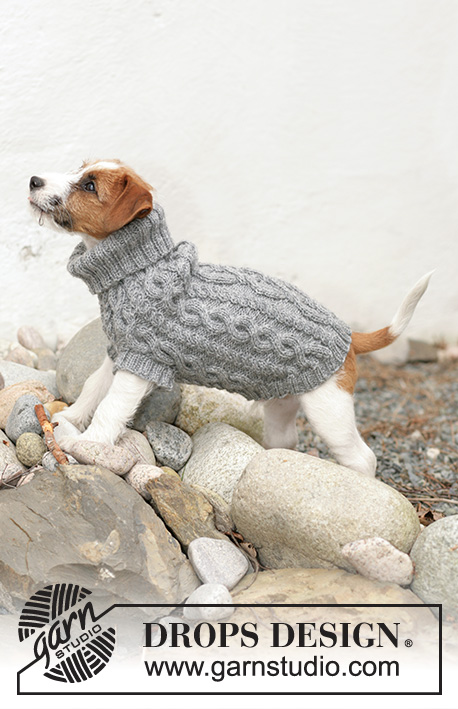 |
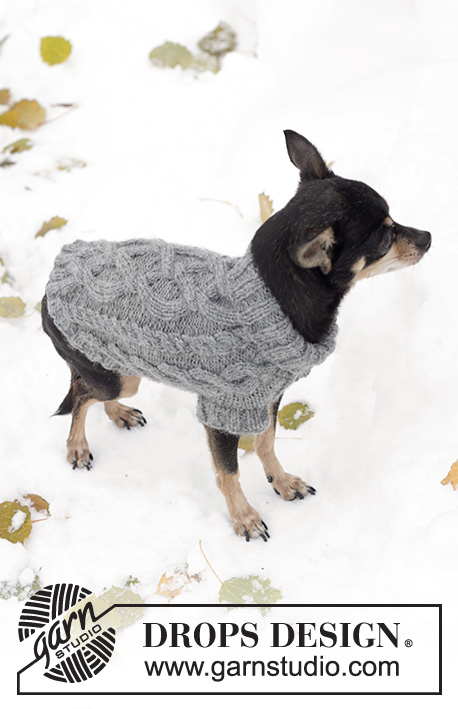 |
||||||||||||||||||
Knitted DROPS dog coat in ”Karisma” with cable pattern.
DROPS 102-43 |
|||||||||||||||||||
|
Knitting tension: 21 sts x 28 rows in stocking sts = 10 x 10 cm. Pattern: See diagrams M.1 to M.3 The diagram are shown from the RS. Rib: * K2, P2 * , repeat from *-* __________________________________________________________________ COAT Work in the round from the neck and down. Cast on 60-80-100 sts with double pointed needle size 3 mm and medium grey. Work in Rib for 8-10-12 cm (= Collar which is folded double). Change to small circular needle size 4mm (sock needle in smallest size). K 1 round at the same time inc. 16-32-54 sts evenly distributed = 76-112-154 sts. Continue the pattern as follows:: Size XS: M.2, P2 , M.2, P3, M.3, M.2, M.1 (= mid back), M.2, M.3 and P3. Size S: * M.2, P2 *, repeat from *-* 2 times, M.2, * M.3, M.2 *, repeat from *-* 2 times, M.1 (= mid back), * M.2, M.3 *, repeat from *-* 2 times. Size M: * M.2, P2 *, repeat from *-* 3 times, M.2, * M.3, M.2 *, repeat from *-* 3 times, M.1 (= mid back), * M.2, M.3 *, repeat from *-* 3 times. At the same time when the piece measures 12-16-20 cm split the work for the forelegs as follows: Put 10-16-22 sts on a thread or a stitch holder (= underneath the stomach), cast off 1 P st, continue to knit over the back piece and cast off the last st at the other side = 64-94-130 sts (= back piece). Knit back and forth over these sts for 6-8-10 cm (the piece measures 18-24-30 cm in total). Put sts on a thread or stitch holder and put sts from the thread or stitch holder underneath the stomach back on needle. Cast on 1 new st each side of these sts = 12-18-24 sts. Continue knitting the pattern back and forth with 1 P st each side. When knitted 6-8-10 cm put all sts on needle = 76-112-154 sts. When the piece measures 24-31-38 cm cast off 12-20-28 sts mid underneath the stomach. Now knit the piece back and forth on needle – at the same time cast off each side on every other row: 3 sts 1 time, 2 sts 2-3-4 time, 1 st 2-3-4 times, 2 st 2-3-4 times and 3 sts 1 time = 32-50-74 sts left. The piece measures approx. 30-39-48 cm. Assembly: Put the remaining sts on a small circular needle size 3mm and pick up sts around the casting off edge to a total of approx 84-108-140 sts. Knit Rib for 2-3-4 cm, cast off loosely. Leg: Pick up approx. 36-44-52 sts on double pointed needle size 3mm around 1 opening. Knit Rib for 2-3-4 cm, cast off loosely with K over K and P over P. Repeat for the other opening. |
|||||||||||||||||||
Diagram explanations |
|||||||||||||||||||
|
|||||||||||||||||||
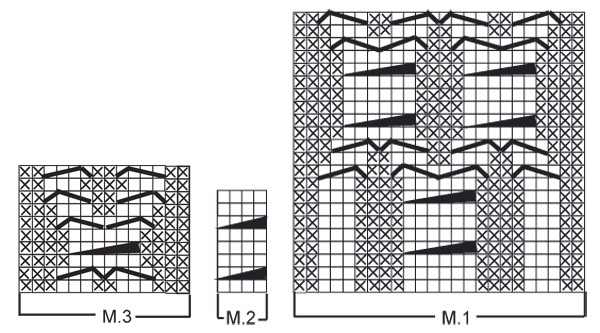 |
|||||||||||||||||||
Have you finished this pattern?Tag your pictures with #dropspattern or submit them to the #dropsfan gallery. Do you need help with this pattern?You'll find 24 tutorial videos, a Comments/Questions area and more by visiting the pattern on garnstudio.com. © 1982-2025 DROPS Design A/S. We reserve all rights. This document, including all its sub-sections, has copyrights. Read more about what you can do with our patterns at the bottom of each pattern on our site. |
|||||||||||||||||||








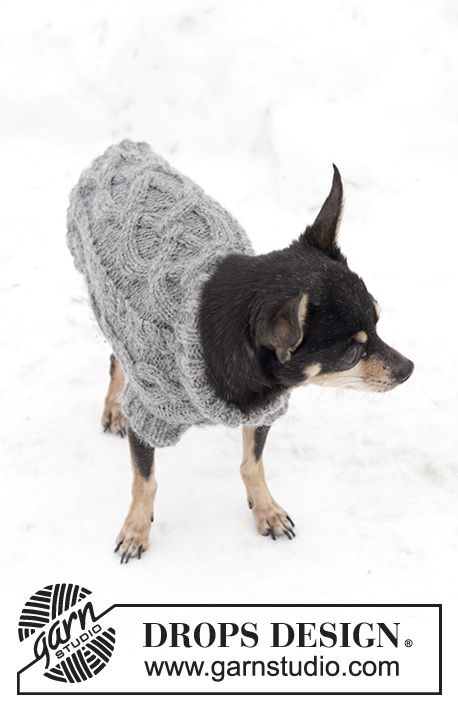
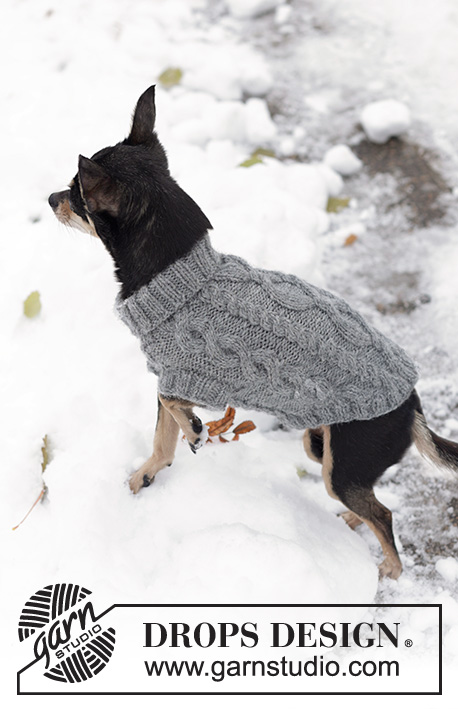
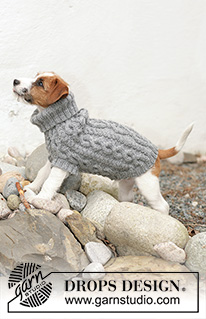
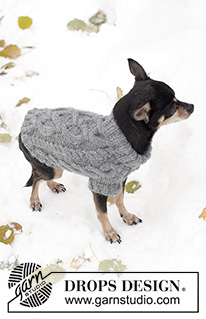

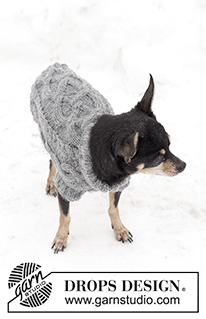
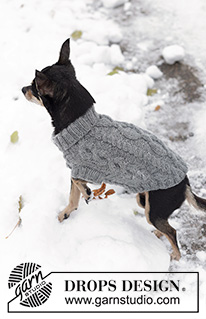









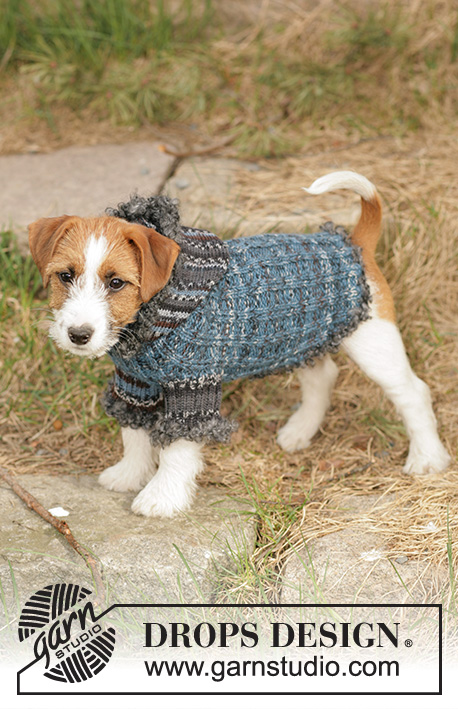






























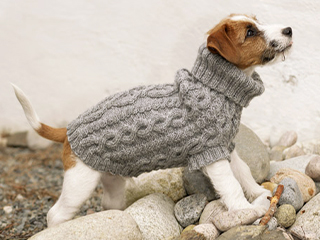













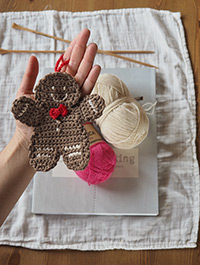
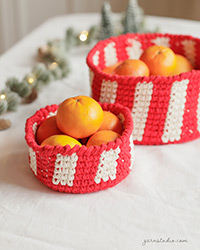
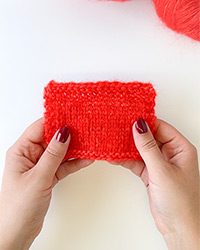
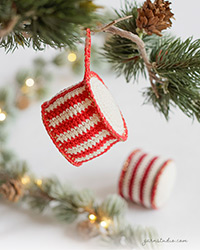


Post a comment to pattern DROPS 102-43
We would love to hear what you have to say about this pattern!
If you want to leave a question, please make sure you select the correct category in the form below, to speed up the answering process. Required fields are marked *.